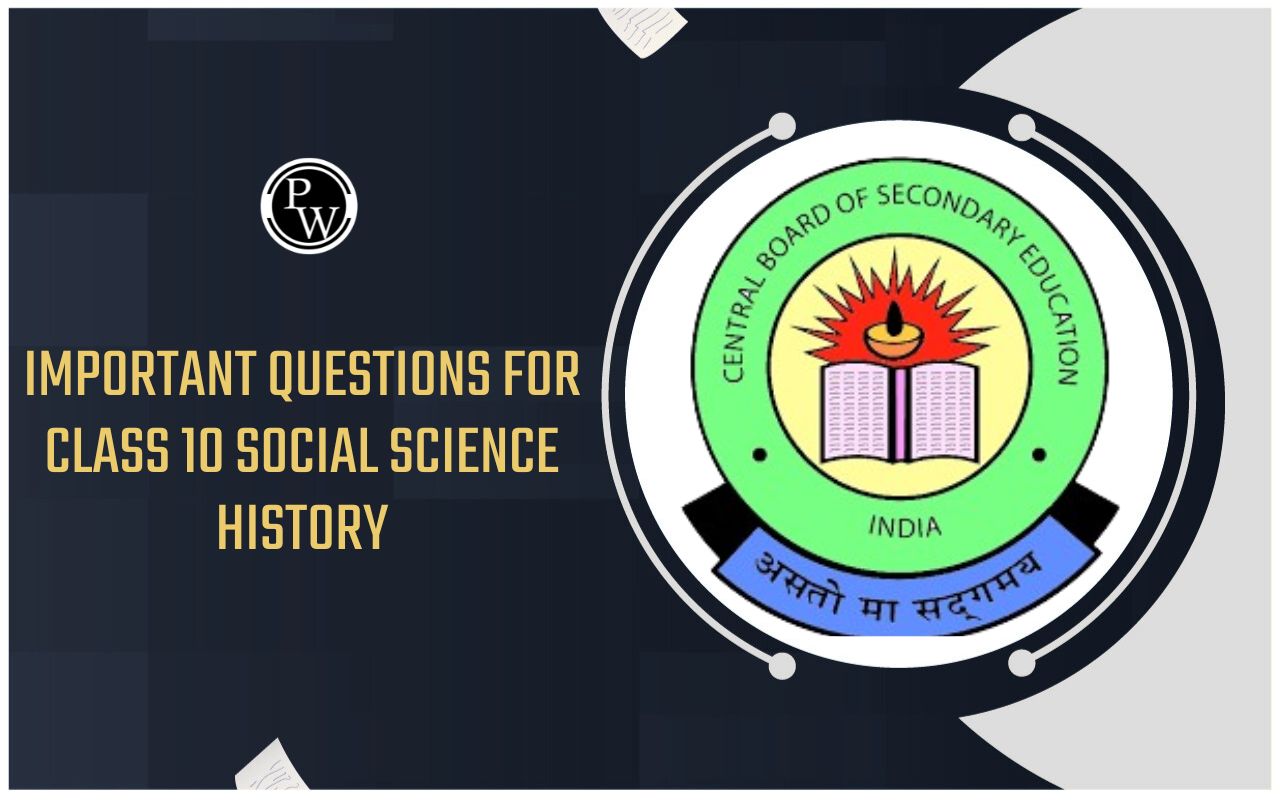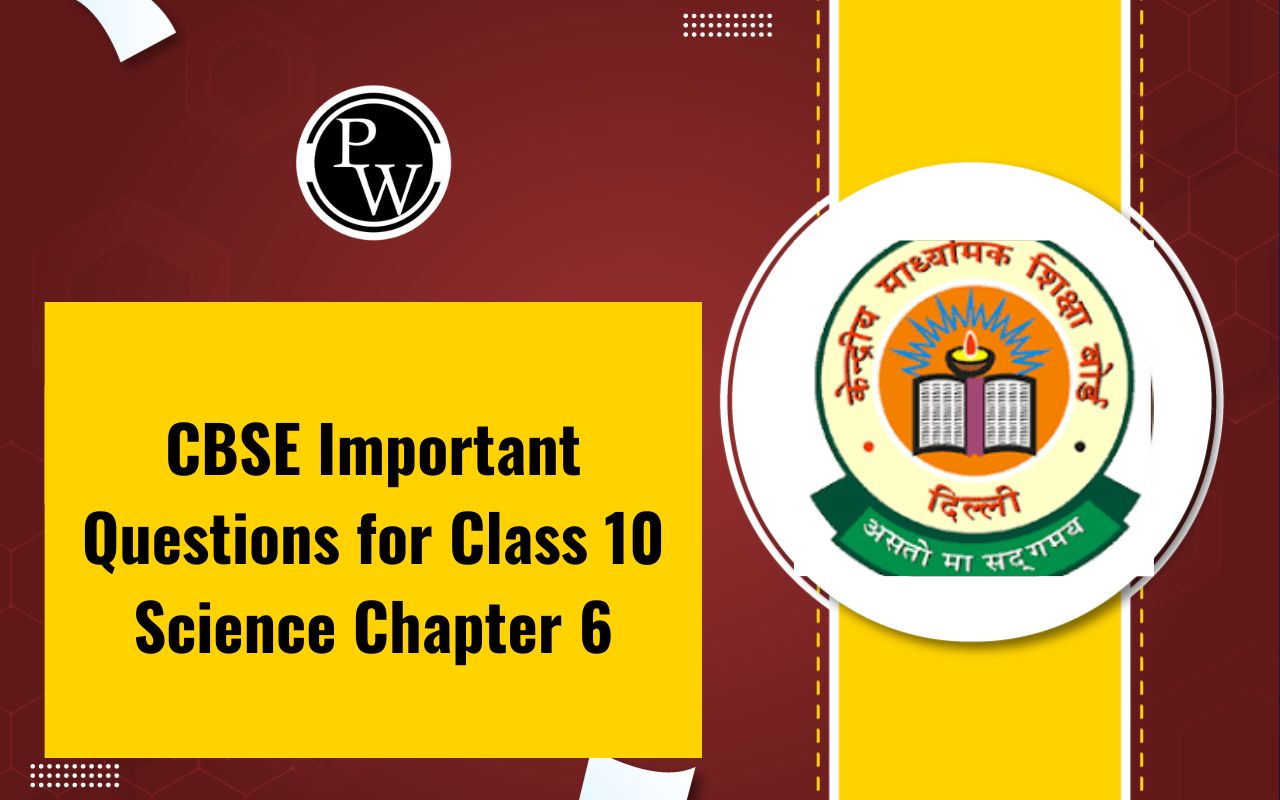
NCERT Solutions for Class 10 Social Science Geography Chapter 5: NCERT Solutions for Class 10 Geography, Chapter 5, describes the variety of minerals and energy resources that are present in our environment. The NCERT book is the source of questions for the CBSE exams. To receive good grades, students must prepare their replies to the exercise questions using the best available resource.
We have made available the NCERT Solutions Class 10 Geography Chapter 5 Minerals and Energy Resources to aid students in their preparation for the Social Science test. Examining these answers will also assist them in determining the appropriate word count for a given question based on its point distribution. Thus, students can properly study for their CBSE exams with the aid of these NCERT Class 10 Solutions.NCERT Solutions for Class 10 Social Science
NCERT Solutions for Class 10 Social Science Geography Chapter 5 Overview
The topics that follow will be covered with the students:- What is a mineral?
- Mode of occurrence of minerals
- Ferrous minerals
- Non-ferrous minerals
- Non-metallic minerals
- Rock minerals
- Conservation of minerals
- Energy resources
- Conventional sources of energy
- Petroleum
- Natural gas
- Electricity
- Non-conventional sources of energy
- Nuclear or atomic energy
- Wind power
- Solar energy
- Biogas
- Conservation of energy resources
NCERT Solutions for Class 10 Social Science Geography Chapter 5 PDF
Get the carefully chosen NCERT Maths Solutions for Class 10 from here, compiled by experienced educators. Science students will also find the solutions chosen by our master teachers to be quite helpful if they are looking for Class 10 Science NCERT Solutions.NCERT Solutions for Class 10 Social Science Geography Chapter 5 PDF
NCERT Solutions for Class 10 Social Science Geography Chapter 5
Exercises
1. Multiple choice questions.
(i) Which mineral is created when rocks break down and leave behind a residual mass of weathered material?
(a) Coal (b) Bauxite (c ) Gold (d) Zinc
Solution: (b) Bauxite
(ii) Of these minerals, which one is the most produced in Koderma, Jharkhand?
(a) Bauxite (b) Mica (c ) Iron Ore (d) Copper
Solution: (b) Mica
(iii) Which of the following rocks has layers where minerals are deposited and accumulated?
(a) Sedimentary Rocks (b) Metamorphic Rocks
(c ) Igneous Rocks (d) None of the above
Solution: (a) Sedimentary Rocks
(iv) Which one of the following minerals is contained in the Monazite sand?
(a) Oil (b) Uranium (c) Thorium (d) Coal
Solution: (c) Thorium
2. In roughly thirty words, respond to the following questions.
(i) Within a maximum of thirty words, differentiate between the following.
- Ferrous and non-ferrous minerals
- Conventional and non-conventional sources of energy
Solution:
Metallic minerals that contain iron are known as ferrous minerals. For instance, cobalt, nickel, manganese, iron ore, etc. Non-ferrous minerals lack iron yet are nevertheless metallic. For instance, copper, zinc, gold, etc. b. Firewood, cattle dung cake, coal, petroleum, natural gas, and electricity (both thermal and hydel) are examples of conventional energy sources. On the other hand, unconventional energy sources include atomic, solar, wind, tidal, geothermal, and biogas energy.(ii) What is a mineral?
Solution:
One way to characterise homogenous, naturally occurring materials with a definite internal structure is as minerals.(iii) How do minerals in metamorphic and igneous rocks form?
Minerals can be found in the fissures, joints, fractures, and crevices of igneous and metamorphic rocks. Larger deposits are referred to as lodes, and lesser ones as veins.(iv) Why do we need to conserve mineral resources?
Solution:
In the earth's crust, mineral deposits make up just 1%. Because the geological processes of mineral production are so slow, the rates of replenishment are relatively low compared to the current rate of consumption, which is why we need to safeguard mineral resources.3. Provide a 120-word response to each of the following questions.
(i) Describe the distribution of coal in India
Solution:
Coal is found in rock series in India that belong to the two main geological ages:- Gondwana (200 million years old)
- Tertiary deposits (55 million years old)
- Damodar Valley (West Bengal – Jharkhand) – Jharia, Raniganj and Bokaro are important coalfields.
- Godavari valley
- Mahanadi valley
- Son valley
- Wardha valley
(ii) What makes you believe that India will be a successful market for solar energy?
India, being a tropical nation with vast potential for solar energy utilisation, has a bright future for solar energy. In isolated and rural locations, solar energy is quickly gaining popularity. Milk cans are sterilised using solar radiation at Madhapur, close to Bhuj, which is home to India's largest solar power facility. It is anticipated that using solar energy will be able to reduce rural communities' reliance on dung cakes and firewood, which will help preserve the environment and ensure that there is a sufficient supply of manure for agriculture. One unconventional but renewable energy source is solar energy. Not only will solar energy use benefit the environment, but it will lessen our reliance on petrol and oil.Benefits of NCERT Solutions for Class 10 Social Science Geography Chapter 5
Our NCERT Solutions for Class 10 Contemporary India Chapter 5 are a great resource for students. The marking scheme and all of the CBSE requirements have led to the development of these solutions. Only the best educators are employed to provide you with the most accurate and comprehensive answers. So now you know the responses to some of the most important questions posed throughout the chapter.NCERT Solutions for Class 10 Social Science Geography Chapter 5 FAQs
Is Geography class 10 easy?
How can I get full marks in Geography class 10?
Which chapter is important in Geography class 10?










